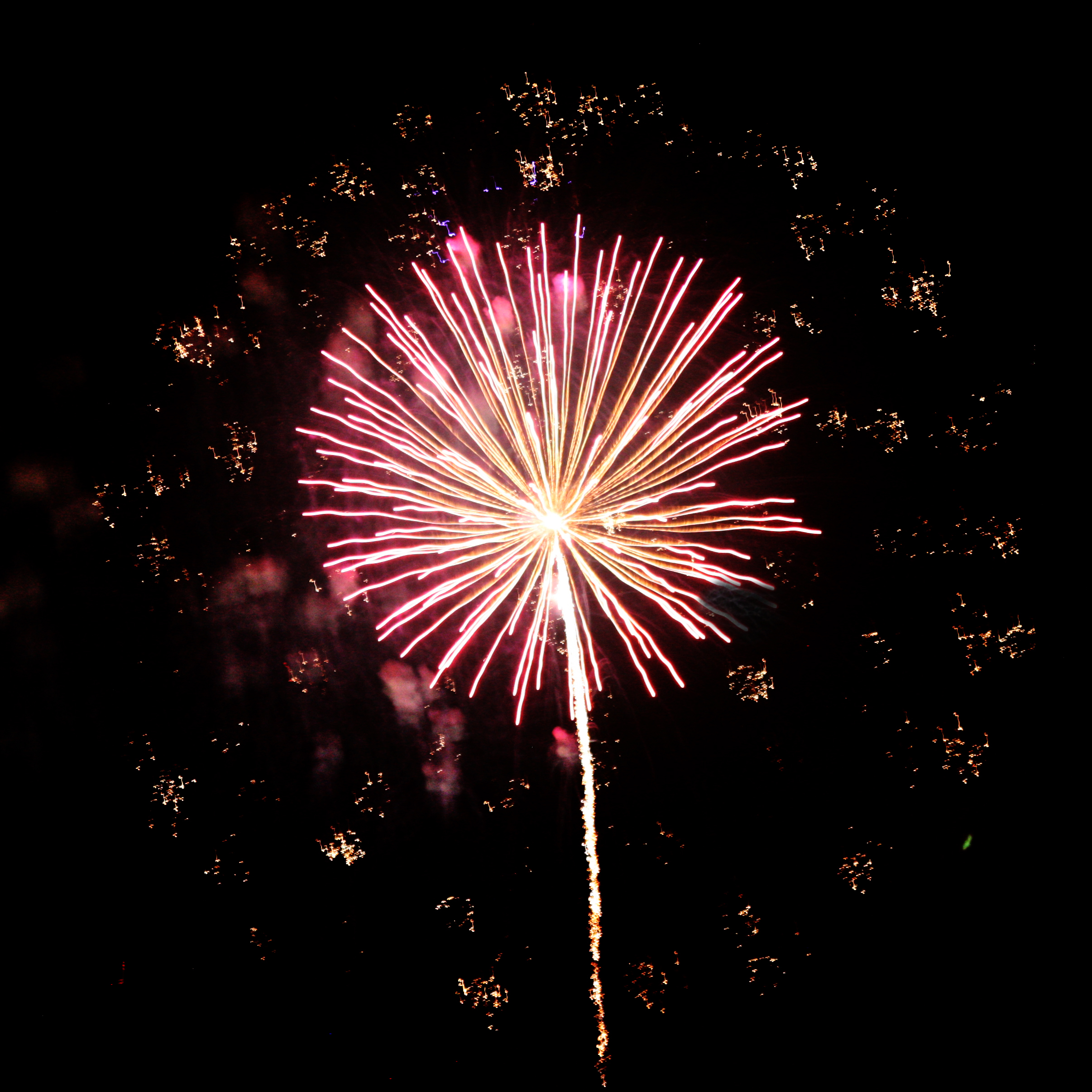Fireworks are fun — but they are also undeniably dangerous. Even the smallest and simplest fireworks, like sparklers, can cause terrible burns if handled improperly, and more significant fireworks, like roman candles or Catharine wheels, have strict rules regarding use to prevent serious injury or death. In most states, there are legal age requirements for the purchase and use of fireworks, in the hopes that the youngest members of society are kept safe and whole.
However, plenty of teens are eager to engage with adult 4th of July activities, which means they want to light their own fireworks to celebrate America’s independence. Though many teens can legally purchase their own fireworks, you might choose to buy fireworks for your teen, so you can ensure that their fireworks display is fun and as least dangerous as possible. Some fireworks you might want to give your teen include:
Shells
There are many different names for shell fireworks: mortars, artillery, festival balls, onions. All of these terms refer to a type of firework that is packed into a shell, fired in a single shot and exploded in the sky. Shells tend to feel like real fireworks; they make loud, satisfying noises and big blooms of light that are exhilarating to experience up close. All types of mortar fireworks are powerful, which means they always provide a good show — but it also means that they tend to be too dangerous to use around younger children. Even older teens should have some degree of adult supervision when deploying shells to prevent any horseplay around the fireworks from causing damage to people or property.

Roman Candles
Roman candles are some of the most well-known consumer fireworks, and for good reason, These fireworks contain several charges, which shoot from the tube as flaming balls at uncertain intervals. Unfortunately, roman candles have a bad reputation due to the instinct teens have to hold these fireworks in their hands after ignition. Though most fireworks will deploy as expected, any explosive device can behave unpredictably, and anyone holding a roman candle may be grievously injured if the firework goes wrong. Therefore, you should only trust teens with roman candles if you are reasonably certain they will follow instructions to light the firework properly.
Firecrackers
Perhaps the oldest type of firework — and among the simplest — firecrackers never fail to delight teens, who never seem to find new and exciting ways to set them off. Firecrackers are just flash powder wrapped in a tube and attached to a fuse; the explosion they produce is relatively small, producing little more than a loud sound and a brief flash of light. Often, many firecrackers will be linked together, so lighting one fuse results in a string of pops, bangs and flashes. As long as teens resist the temptation to hold firecrackers after ignition or to stuff firecrackers in something, like a mailbox, they should offer some good, old-fashioned 4th of July fun.

Rockets
A rocket is a firework that propels into the air before exploding — unlike shells or roman candles, which themselves propel explosives into the air. The most popular type of rocket is the bottle rocket, which is a smaller firework that used to be placed inside glass bottles before ignition. However, rockets come in larger sizes for more dazzling displays. You should discourage placing a rocket inside anything before lighting the fuse; as mentioned above, explosives can behave unpredictably, and you don’t want to create dangerous shrapnel at your 4th of July party. Instead, you should have a designated launch pad where your teens can light any rockets they want to set off, far from the viewing zone.
Fountains
Many ground-based fireworks are designed with smaller children in mind, as they tend to be smaller in scope and thus easier to use safely. However, fountains are ground fireworks that will dazzle even the most cynical teen. These fireworks spray sparks several feet into the air; larger fountains can reach up to 20 feet, which is why it is essential that you find a detonation space uncovered by patios, pergolas or tree limbs. If your teens like fountains, they might also like mine fireworks, which offer a similar effect with extra sound.
If you want your teen to enjoy Independence Day, you should give them a bit of independence, themselves. By allowing them some agency over their own fireworks display, you can see them light up with holiday joy.





